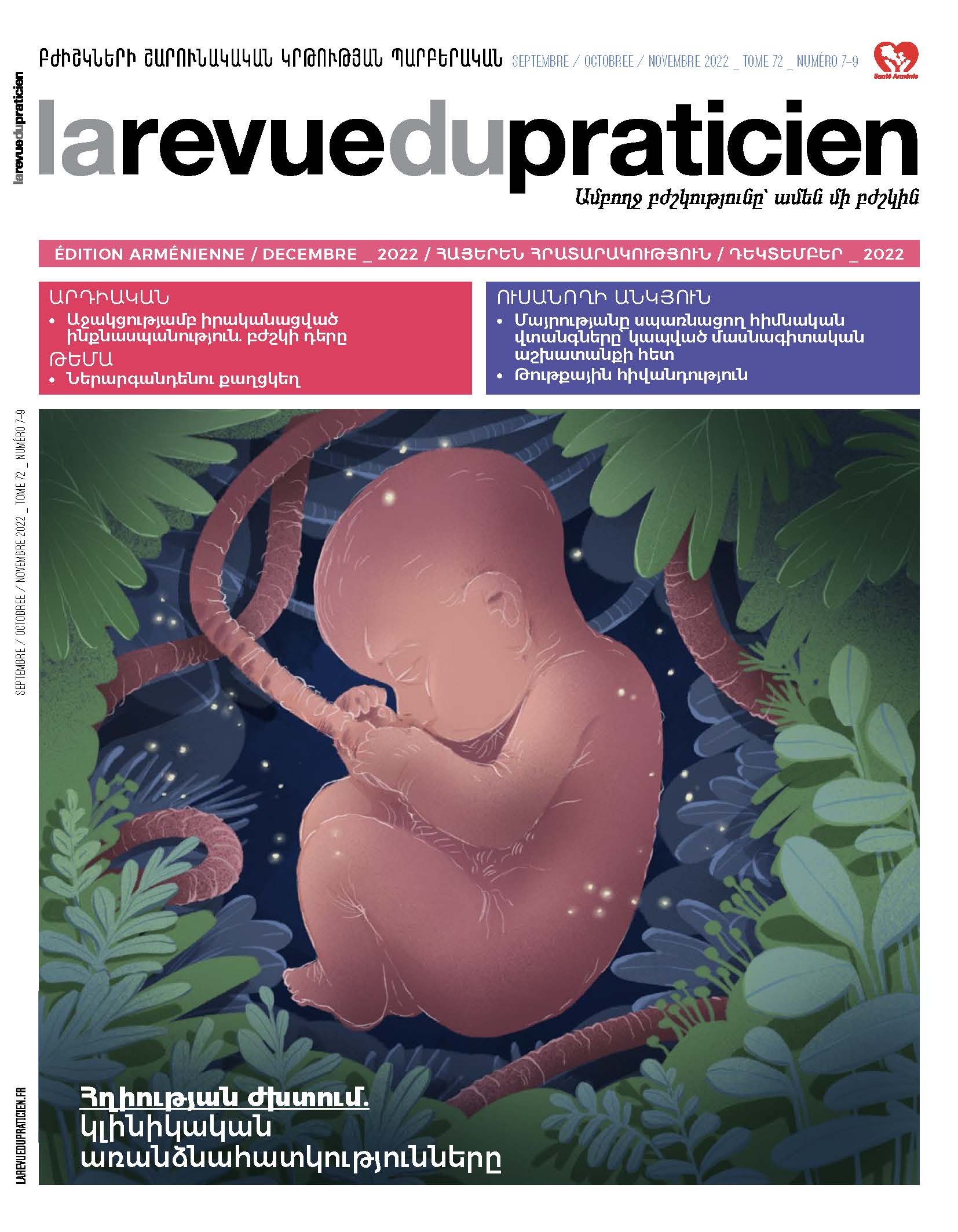Infant gastroesophageal reflux disease: physiological or pathological? 74
Aurélie Bourchany, Emmanuel Mas.Abstract
Gastroesophageal reflux (GER) is defined by the rise of gastric contents into the esophagus, with or without externalization. GER is very common in young infants, with a peak around 4 months, and most often physiological due to high milk intakes and inappropriate relaxation of the lower esophageal sphincter. Evoking a GER disease (GERD) is not always obvious due to signs of poor specificity (crying, irritability, regurgitation). On the other hand, one should not miss warning signs evocative of GERD complicated by esophagitis or of recurrent upper respiratory or ENT infections, or even differential diagnoses (cow milk protein allergy, eosinophilic esophagitis, congenital malformations or brain tumours, etc.). The diagnosis of GERD is clinical but investigations can sometimes be discussed like esophagogastroduodenal endoscopy, 24- hour pH-metry, esophagogastroduodenal follow through. The mechanisms of GERD should be clearly explained to parents and physiological GER should be treated with non-drug measures (adaptation of milk intakes/volumes, thickeners). In the absence of improvement, avoidance of cow’s milk proteins for 2 to 4 weeks can be proposed, or even treatment with proton pump inhibitors.
